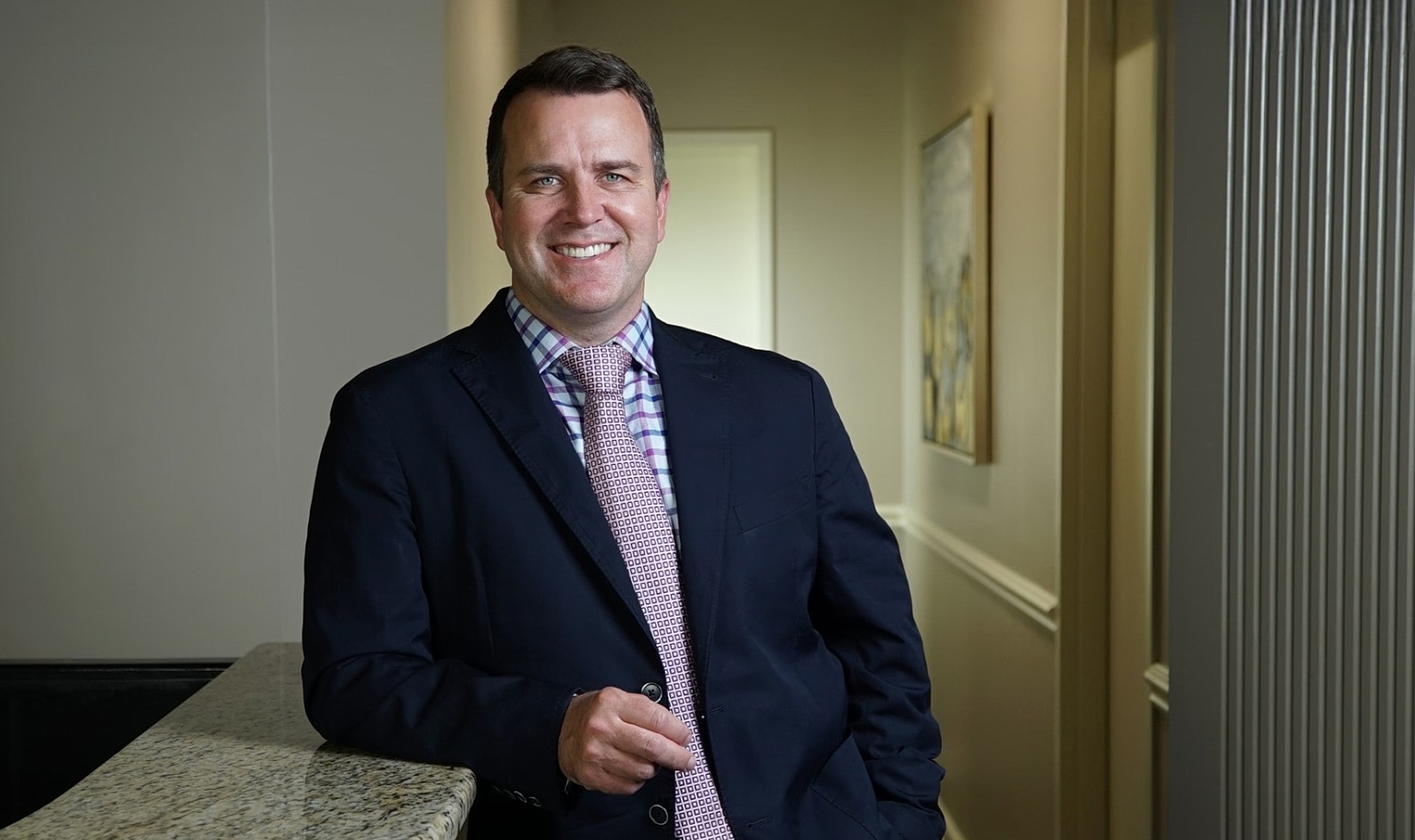

When considering rhinoplasty in Northwest Arkansas, understanding the technical nuances that separate exceptional results from merely adequate ones can make all the difference in your surgical outcome. As a plastic surgeon practicing in the Fayetteville area, I want to share critical insights from groundbreaking research that’s revolutionizing how we approach nose surgery.
Dead space in rhinoplasty refers to the separation between your skin and soft tissue envelope and the underlying nasal framework after surgery. Think of it as unwanted gaps that can form during the healing process. This seemingly technical concept has profound implications for your final results.
Recent research published in Plastic and Reconstructive Surgery by Dr. Rod Rohrich and colleagues represents a landmark study in rhinoplasty technique, offering a systematic 10-point approach to managing this critical aspect of nose surgery. For patients in Northwest Arkansas seeking rhinoplasty, understanding these principles can help you make informed decisions about your surgeon and procedure.
The research identifies specific patient populations at higher risk for dead space formation:
Higher Risk Patients:
If you’re a patient in the Fayetteville, Rogers, or Bentonville area who fits these criteria, it’s crucial to choose a surgeon who understands advanced dead space management techniques.
Modern rhinoplasty in Northwest Arkansas should incorporate tranexamic acid (TXA) to minimize bleeding and reduce post-operative swelling. This medication stabilizes blood clots and has anti-inflammatory properties, leading to faster healing and better definition.
For revision cases or patients with thick skin, careful removal of scar tissue and excess soft tissue is essential. This technique restores natural lymphatic drainage and improves skin pliability—critical for achieving natural-looking results in Northwest Arkansas patients.
The research emphasizes closing the membranous septum with specialized suturing techniques to prevent fluid accumulation and maintain proper nasal shape. This prevents the “memory” of previous deformities from recurring.
The “push up, push down” philosophy involves strengthening the internal nasal framework while carefully managing the overlying soft tissues. This includes:
Careful reshaping of the nostril area helps eliminate dead space while achieving optimal aesthetic proportions. This step is particularly important for patients seeking natural-looking results in Northwest Arkansas.
The supratip break—that subtle indentation between the tip and bridge of the nose—is crucial for feminine aesthetics. A specialized spanning suture technique ensures this area heals with proper definition rather than fullness.
Leaving specific areas open for fluid drainage prevents complications while allowing natural healing. This includes carefully planned incision management that doesn’t compromise the final result.
When needed, temporary external sutures help define the alar grooves and prevent unwanted contour irregularities during the critical early healing phase.
Both internal and external splints play crucial roles in supporting the new nasal structure while minimizing swelling. The research supports extended taping protocols—up to 6 months for revision cases.
The delicate soft triangle areas require specialized materials rather than traditional sutures to prevent notching and ensure natural healing.
For patients at high risk of excessive scarring or swelling, carefully timed steroid injections can significantly improve outcomes. The research protocol involves triamcinolone injections that may continue for up to two years in complex cases.
In select cases, isotretinoin (commonly known as Accutane) can reduce skin thickness and improve tip definition. This is particularly beneficial for patients with oily skin or those with a history of acne.
An innovative technique using doxycycline solution can help adhere the skin to the underlying framework in patients with thick skin, improving early definition and long-term results.
When considering rhinoplasty in Fayetteville, Bentonville, Rogers, or surrounding Northwest Arkansas communities, ask potential surgeons about their approach to dead space management. Surgeons who understand and implement these advanced techniques are more likely to deliver predictable, superior results.
Understanding that rhinoplasty is one of the most technically challenging procedures in plastic surgery helps set appropriate expectations. The complexity of managing dead space explains why experience matters significantly in achieving optimal outcomes.
While advanced equipment matters, this research emphasizes that surgical technique and systematic approach are paramount. The 10-point system represents decades of refinement and thousands of procedures worth of experience.
The systematic approach to dead space management affects your recovery timeline:
This landmark research provides a roadmap for achieving consistently excellent rhinoplasty results. For patients in Fayetteville and surrounding Northwest Arkansas communities, understanding these principles can help you choose a surgeon who employs state-of-the-art techniques.
The systematic approach to dead space management represents the difference between good and exceptional rhinoplasty results. As plastic surgery continues to evolve, these evidence-based protocols ensure that patients in Northwest Arkansas have access to the most advanced techniques available.
When considering rhinoplasty, remember that the “final frontier” in achieving beautiful, natural results lies in these technical details that separate expert surgeons from the rest.
Reference:Rohrich, R.J., Payton, J., Rohrich, R., Fisher, S.M., & Borab, Z.M. (2025). Dead Space, the Final Frontier in Rhinoplasty: Review and 10 Key Recommendations. Plastic and Reconstructive Surgery, 155(5), 867e-873e. DOI: 10.1097/PRS.0000000000011561
This article is for educational purposes and should not replace consultation with a qualified plastic surgeon. If you’re considering rhinoplasty in Northwest Arkansas, schedule a consultation to discuss your specific needs and goals.